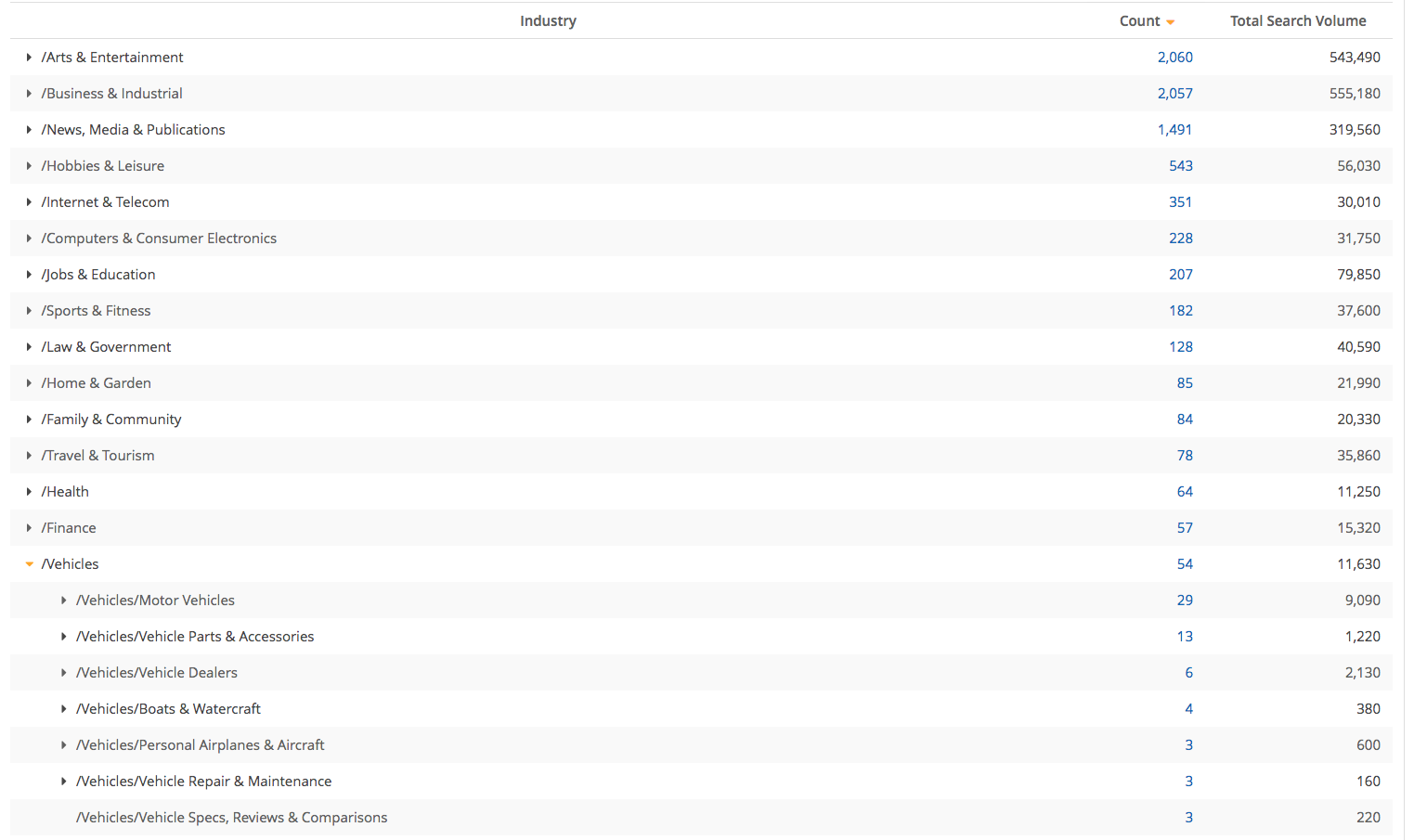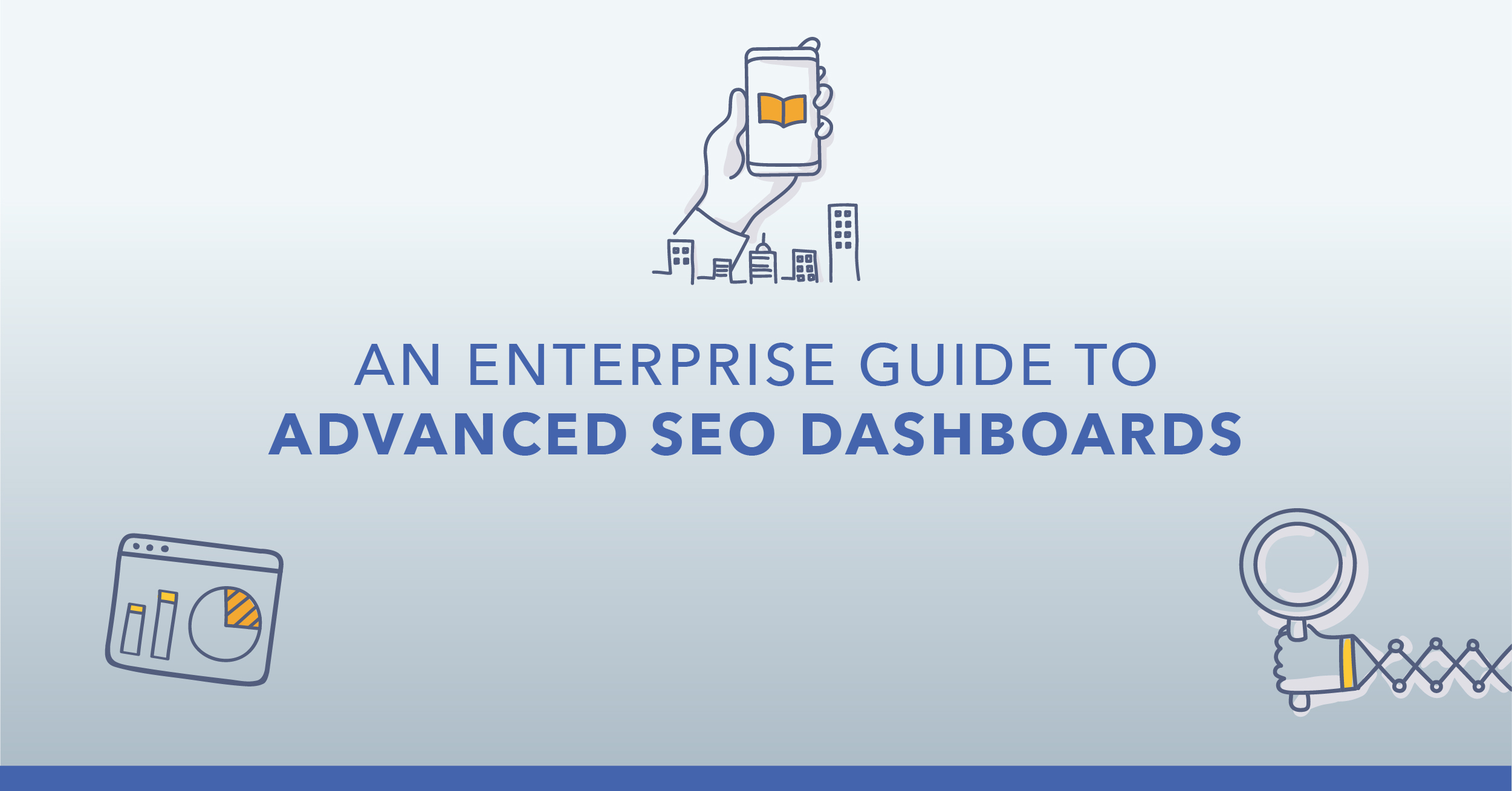Do you want to know the secret to ranking well today? Pay more attention to the user intent.
I’m sure you’ve experienced the issue first hand. How often have you found a high-value search term, published an incredible in-depth blog post on the topic, and, well... nothing happened?
This is because your content didn’t match the reason why a person conducted a search in the first place. Or, to put it differently, it didn’t match their search intent.
Don't be too hard on yourself - matching the user intent without relevant data is difficult if not impossible!
To do it properly, you need a tool to help you identify and apply user intent across the entire content marketing workflow – from keyword research to optimizing the information on the appropriate product or landing page.
In this article, I cover exactly this, and include:
- What is User Intent and Why Does It Matter?
- How User Intent Affects Keyword Research
- How to Identify the Intent While Researching Keywords
You'll learn the entire process along with a little help from AI-driven tools. Let's learn together.
What Is User Intent and Why Does It Matter?
I’ve written a complete guide to the user intent already, so, let me quickly recap its key points.
The term user intent refers to a reason someone has for conducting a search in Google or another search engine.
Whether it’s to find answers, look up information or a fact, or research potential solutions for a problem, that reason is the person’s intent for turning to the search engine.
Overall, in SEO, we recognize four main types of search intents:
- Informational intent is that which helps a person acquire specific information.
- Navigational, an intent someone uses when looking to go somewhere and interact with a physical world.
- Local intent helps searchers discover local information or business.
- Finally, the transactional intent occurs when a searcher engages a search engine intending to purchase a product or a service.
In conducting keyword research, your best bet is to find varying intent keywords to align with the entire search journey of your target audience.
Why Is Understanding User Intent So Critical for SEO?
To understand it, we have to look at the issue from the search engine’s point of view.
Google, Bing, and other search engines have just one goal. These companies want to assist a user as well as possible to acquire whatever information they’re after, and in the shortest time possible.
If those people seek advice, Google wants them to get it right away. If they look for a specific product, the search engine’s objective is to provide access to it with as little clicks as possible.
So, it’s only natural that it prefers to promote pages matching the person’s reason for searching, their intent.
For us SEOs, the above means that, unless we provide relevant information that delivers what the person is looking for, our pages will not rank. Or at least, they won’t rank well.
Recommended Reading: Keyword Mapping: Visualizing the Buyer Journey
How the User Intent Affects Keyword Research
User intent has become an integral part of the keyword research process, which is foundational to any solid marketing strategy.
Finding new target phrases no longer involves just identifying keywords or search queries on which to focus. It also demands to understand the role each of them plays in a person’s buying journey.
We can map each of the four primary intents to a specific stage of the buying cycle.
Someone only learning about their problem will, most likely, exhibit an informational intent. They have only realized the issue, after all. Their goal isn’t to find a product to solve it. Not yet, at least. They want to discover more information about it instead.
Even on the sales level, targeting those people with sales information will, most likely, miss the mark. Providing them with the right information, on the other hand, will engage them and attract to the site.
Similarly, telling a person ready to buy a product why they should consider it will have a similar effect – It will deter them from doing so.
Bringing keyword research to the process, by identifying the user intent behind a phrase an SEO can define:
- What information to include on the page,
- How a visitor will interact with it, and
- What type of conversion can they expect such a visitor to make?
We can map it out like this:
|
Top of the Funnel |
Middle of the Funnel |
Bottom of the Funnel |
|
Informational intent Navigational intent |
Local intent Commercial/Transactional intent |
Commercial/Transactional intent |
|
Willing to sign up for a mailing list or download a lead magnet. Unwilling to engage with sales. |
Willing to reach out to a business or evaluate its sales materials. |
Willing to engage with the sales team. |
Understanding the intent helps assign keywords to the relevant stage of the buying cycle and increase the content’s relevance to a searcher’s needs.
Recommended Reading: 5 Steps to Building a Better Customer Journey
Keywords and Industry Type
However, there is another, rarely discussed aspect of the issue – industry relevance.
Aside from understanding intent, and mapping it to the buyer’s journey, SEOs should also evaluate the relevance of a keyword to their target industry.
A friend of mine who owns an SEO agency told me a story that illustrates it. A client of theirs, an automotive brand, suggested focusing on a broad term, “CSI.”
In the industry, the acronym stands for "customer service index." But I’m sure you’ve spotted the problem with it already. It relates to something else too: a television show.
In fact, upon closer inspection through seoClarity’s Industry Explorer, it turned out that no one searches for the term with the intent matching its understanding in the automotive industry.

For the company, focusing on the term would mean wasting time and effort completely, don’t you agree? Even if they managed to gain good rankings for it somehow, their return on the investment would total to zero.
A Note on Search Volume
When discussing keyword research and intent, I would be remiss if I didn't mention search volume. It may be tempting to choose terms that have the highest search volume for particular topic or search intent. On the flip side, it might feel like all of the terms in your industry have low search volume and should be ignored.
Quite the opposite is true! I suggest looking at attainable terms that align most closely with your industry type as outlined in the recommended reading below. Then, you can create content that more closely aligns with your industry.
Recommended Reading: Niche Keyword Research: Choosing the Best Terms in a Low Search Volume Industry
How to Identify the Intent While Researching Keywords
Here, you have two options:
You can identify the intent manually. Unfortunately, doing so requires reviewing each keyword you plan to target. To do so, you need to put each phrase you’ve identified into Google and evaluate:
- What information the top-ranking content covers,
- What universal ranking types Google displays? Seeing Product Listing Ads or the Local pack might suggest a commercial intent. The presence of the Answer Box would suggest an informational intent, and so on.
There is a problem with this approach, though. It would take a ridiculous amount of time to go through even a medium size keyword set of what people search. Not to mention the potential for human error.
Many SEOs I speak to tell me how they’ve tried to create a process to speed it up but failed. Some of them told me about using Excel spreadsheets and charts to extract the intent fast. But ultimately, all they got was an even bigger mess and too many documents to manage effectively anyway.
What’s the alternative?
Well, the answer lies in a simple term – Artificial intelligence.
That’s precisely what our customers get when using seoClarity’s Topic Explorer and more.
seoClarity is the ONLY SEO platform to move away from simple keyword string match to discover related keywords by leveraging machine learning to identify semantically related terms to obtain complete authority.
The Topic Explorer allows you to research keywords and their semantic variations.

The tool is invaluable when you’re trying to go beyond terminology you are familiar with and want to learn how the audience refers to your target topics.
I always illustrate it with the example of conjunctivitis. Although that’s the condition’s official name, many people refer to it as the pink eye. And it’s a far more popular term than the official name, at that.
Not being a specialist in the area, I wouldn’t have ever known if it wasn’t for the tool.

Topic Explorer includes another incredible feature – the ability to sort keywords by industries.
This quick to access report can help you determine whether a particular phrase is being used in your target industry.

Finally, another innovation – Content Fusion – helps you to identify what aspects of the topic you should include in the content to ensure relevance to the user intent. These tools are excellent resources for digital marketing teams using the seoClarity platform to improve their overall search results for their business.







5 Comments
Click here to read/write comments